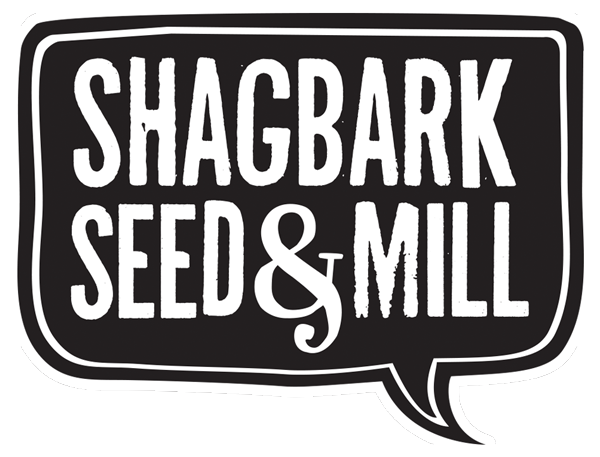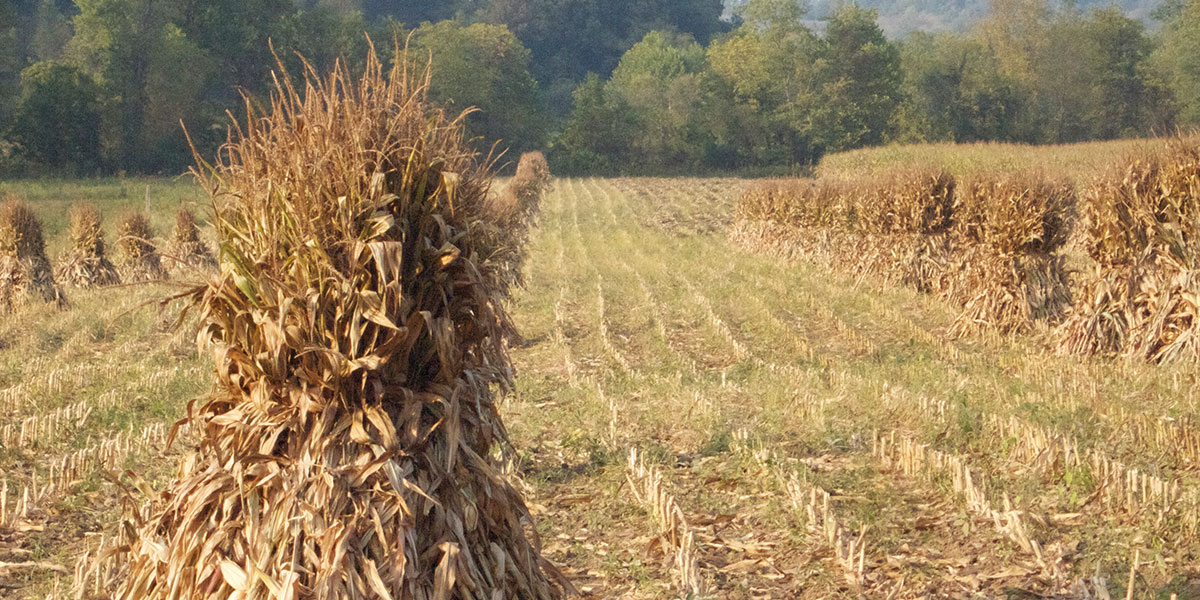Posted on: Thursday, September 16, 2021
September 2021 (reprinted from the Staple Pulse Newsletter)
by Michelle Ajamian
| In the Appalachia forest where I live, my neighbors have taught me about the abundance before us. They told me where the morels are, and when to plant ginseng seed they had collected. My partner listened as they hunted together and he learned of managing deer herds, raising rabbits, and making venison jerky. Still, many of the foodways associated with these wild foods and the corn and bean seed long saved and grown had been lost long ago.
Forced migration was borne by Indigenous peoples in many regions on this continent, where it's estimated that 1.5 billion acres were stolen from the people who had been here for a millennium, perhaps longer. Ironically, while many of pre contact recipes are just being resurrected, 60% of the crops eaten worldwide originated here, in North America. These crops redefined the Italian plate where corn replaced barley and buckwheat polenta; tomatoes and peppers made sauces and stews. In the US, Southern states relied on grits, while the corn breeding for bushels per acre yielded varieties that are nothing like the corn that was able to fix nitrogen from the air grown by the Maya in Mexico. Speaking of the Maya, they were cultivating corn as far back as 6000 years, and used a process called nixtamal, which transforms corn into a super food used to make masa and tortillas, rich in B vitamins and micronutrients. The articles we share here are but a snapshot of some of the work being done around the crops long cultivated by indigenous farmers, but there is so much more. You can use this map to find out about the Indigenous Nations stewarded the land where you live and work. |



